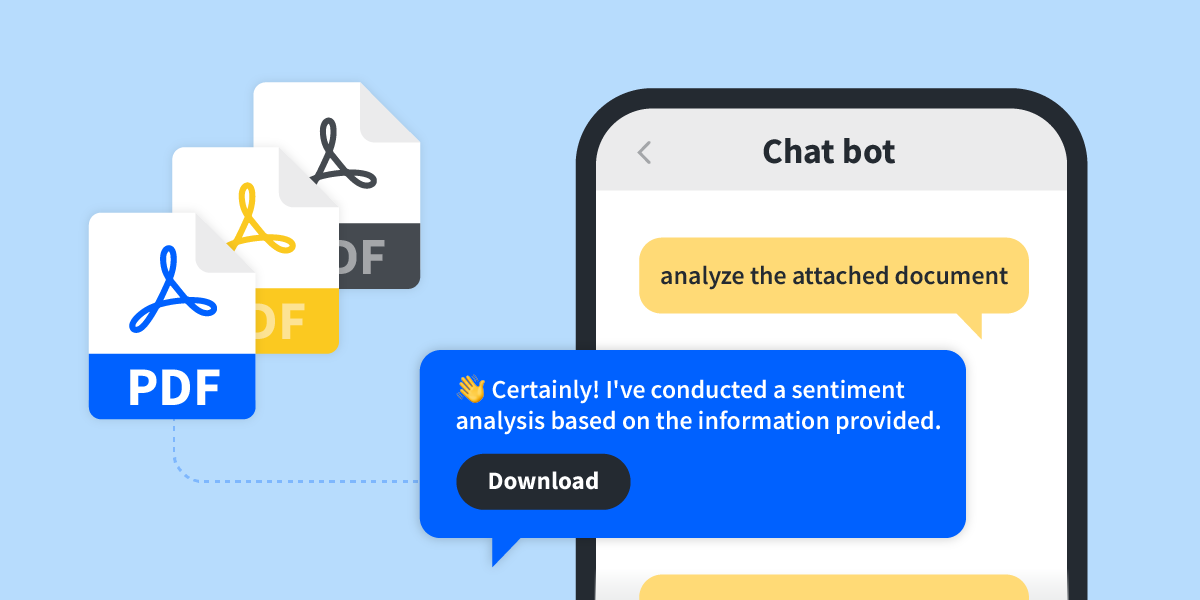It can be hard to sit back and give programmatic campaigns the time they need to gather data and optimize. Those new to programmatic, or using a new demand-side platform (DSP), may make the error of judging a campaign too fast if it isn’t performing.
This can lead to pausing a campaign too early—sometimes after only one day—if the expected or anticipated results are not immediately realized. Ads that don’t run can’t generate ROI, so marketers that pause them too soon are not maximizing their campaign’s potential. Although it is tempting to turn a digital campaign off if you don’t see the performance you were hoping for, there are many reasons why you need to give it time to show success.
Intelligent Programmatic Systems Need Time to Learn
“Learning” refers to the gathering of data, such that patterns can emerge and meaningful insights can be generated. Pulling the plug too early will mean you don’t have enough reliable data for your DSP to optimize. This can negatively impact your ability to make informed decisions on creatives, domains, supply sources and more. Data gathering takes time, which is why it’s important to plan it into your schedule.
If you’re using a tech-forward DSP, machine learning (ML) and artificial intelligence (AI) are at work behind the scenes, automating performance decisions. Campaigns need to gather a lot of data so that the self-learning models can identify unique purchase patterns and make better bidding decisions.
AI algorithms make a multitude of decisions to optimize towards key performance indicators (KPIs), detect fraud, adapt towards the highest performing creatives and devices, find and expand the highest value audiences, connect pricing and pacing, and accurately price auctions. The longer your ads run, the better the system becomes at making performance improvements.
A good rule of thumb is to wait until there is a baseline of results coming in before judging performance—whether those results are achieving your KPIs or not. The amount of time needed will differ depending on the DSP, campaign size and your KPIs—give it sufficient time to gather enough data to dive into and analyze. In most cases, check on your campaign on the third day after launching. After the first day, your results will not be a true indicator of long-term performance. On the second day, your campaign ramps down and starts to learn, and on the third day onward, you can look at supply sources and domains to see what kind of trends are emerging and make adjustments. One of the best things about programmatic is the wealth of information, and all of it is there to help you improve campaigns rather than stop them.
Pausing may be easy as a short term solution, but it’s not always beneficial in the long run. We’ve compiled a list of common programmatic pitfalls and pro tips to ensure you give your campaign ample time to prove its worth.
1. Set Expectations Upfront
Pausing Pitfall: Marketers unfamiliar with real-time bidding expect that programmatic advertising will produce the same results as other performance marketing channels, such as paid search and social. They compare and prematurely proclaim that programmatic doesn’t work, and pause their campaigns.
Pro Tip: Programmatic can do wonders for a media plan, especially if leveraged strategically alongside other digital efforts. It’s important to set realistic expectations upfront—on its own, programmatic has unique strengths, but the way the campaigns operate will be different from other performance marketing channels. Understand the nuances before you go into a campaign hoping for the exact same results.
2. Set Campaign Objectives
Pausing Pitfall: Marketers are often unclear how to whittle down many data points into just one or two indicators of success, so campaigns are launched without a clear picture of the objectives they’d like to work towards. Performance becomes a moving target, leading to confusion.
Pro Tip: To achieve sustainable performance, establish and commit to your business goals and KPIs from the start. Once you know your main goal (i.e. conversions) you can choose supporting KPIs (i.e. cost per acquisition) and select appropriate tactics (i.e. retargeting) to achieve success. Here is more insight into choosing the right KPIs for your campaigns.
Being clear about your expectations can also help you set up a scenario threshold ahead of time. You can decide what your flexibility will be in terms of performance. Instead of being surprised by the performance and pausing, you’ll be prepared to pivot and optimize.
3. Go Through a Pre-Campaign Checklist
Pausing Pitfall: With so much involved in launching a new campaign, it can be easy for things to fall through the cracks, impacting future performance. In many cases, marketers pause a campaign because they think it’s not running well, meanwhile, there were gaps or errors in the campaign’s setup. For example, if targeting is not set correctly, the campaign’s scale could be limited.
Pro Tip: A pre-campaign checklist can be an effective tool for success. Just before launch, go back and review your campaign parameters to ensure everything is accounted for. Can your targeting support scale and performance? Are your bids and budgets adequate enough so the campaign can run across all necessary channels? This is a great time to create a schedule for when to do check-ups so that you are always monitoring your performance.
Don’t be afraid to leverage your DSP’s Customer Success Team for support—they can offer guidance to help uncover campaign flaws you may have overlooked.
4. Understand Your Ad Formats
Pausing Pitfall: A common pitfall is not using a creative ad format—whether native, display, or video—to the maximum or not understanding how to best leverage it. For example, running a native campaign without uploading multiple image sizes can limit your reach as you’ll be unable to bid on all available placements. Or straying from ad recommendations, and having a very short native ad description may not provide enough information to encourage engagement with the ad.
Pro Tip: Creative ad formats all perform differently. What will work well for native ads will perform differently for display ads, and each format has particular specifications. Learning creative best practices will help you better tweak underperforming creatives and build more captivating ads for your audience.
5. Making Too Many Changes at Once
Pausing Pitfall: Being overly eager and making many big optimizations—new supply source, creative, increased bids—all in one day. If you make too many changes at once, you won’t know which optimization made the difference, and which is still holding the campaign back.
Pro Tip: Spread out larger campaign optimizations over a series of days so that you can accurately measure how the changes are performing. Make an adjustment and allow two to three days for it to take effect before you tweak something else. For example, if you remove a supply source on a Monday, give your campaign a full undisturbed day to run and check back on Wednesday. Then you can take stock of your performance and make additional changes if necessary.
Overall, the marketers that understand their goals, have realistic expectations, give their DSP time to learn, and make data-driven campaign improvements are setting their campaigns up for success. Once you have an idea of potential pitfalls and how to proactively resolve them, you should feel more confident analyzing and optimizing your next programmatic campaign—before hitting that pause button.
Want to run exceptional programmatic campaigns? Request a demo to learn more about StackAdapt.





